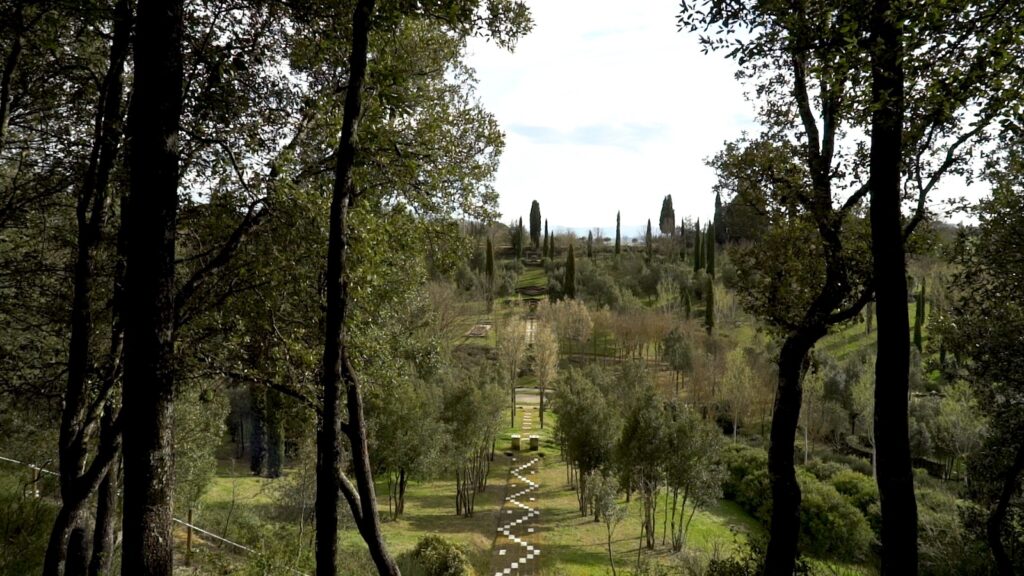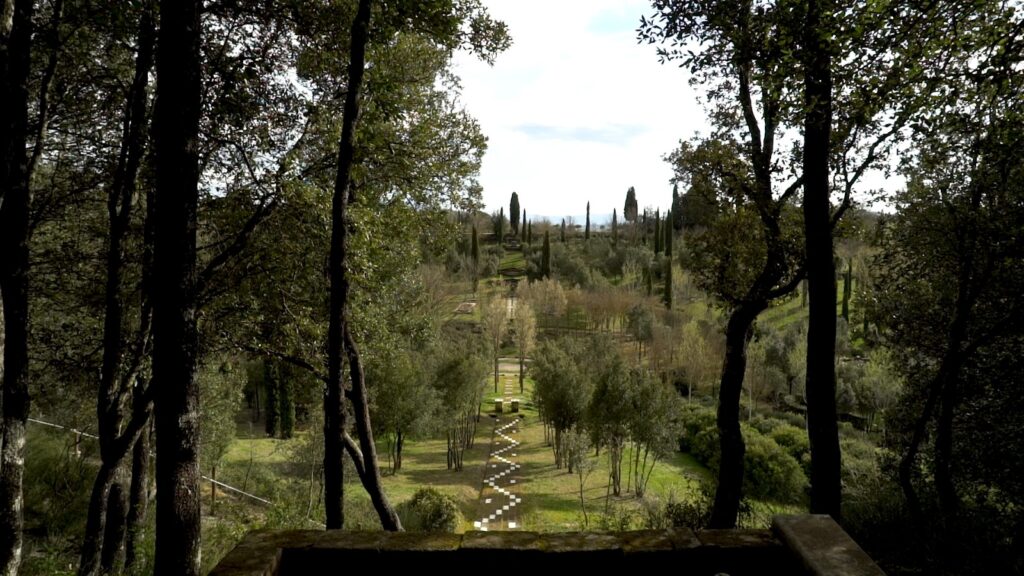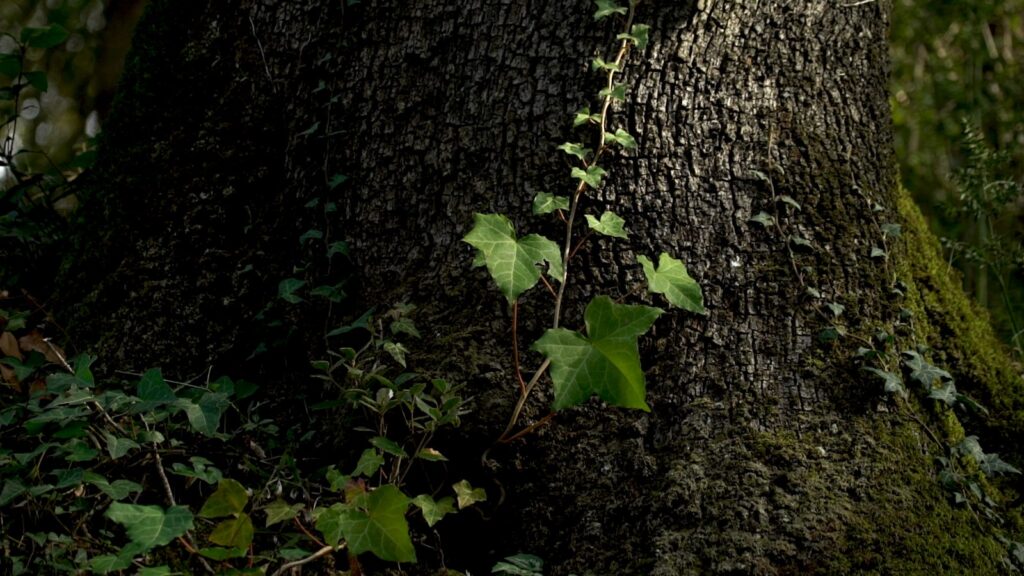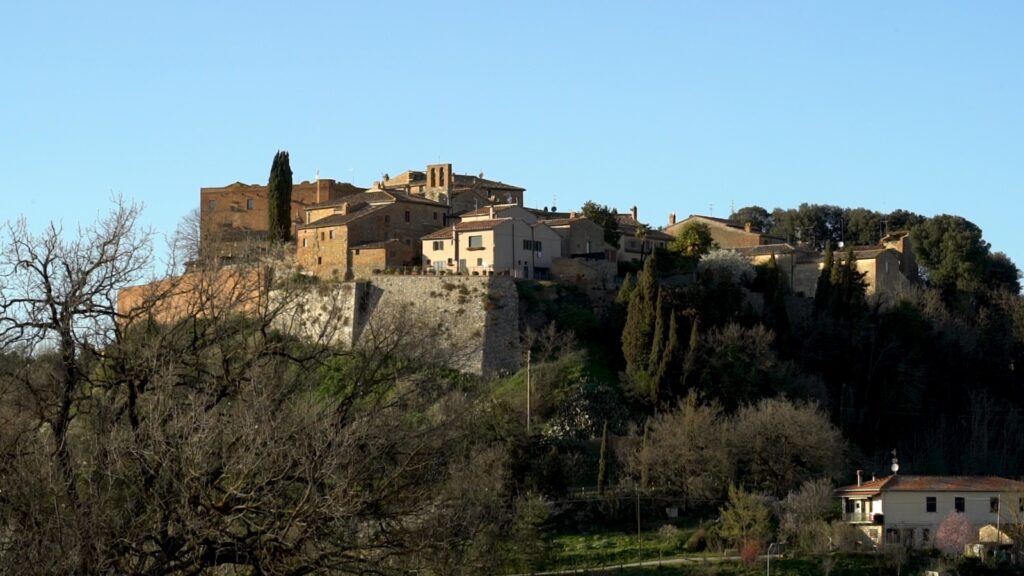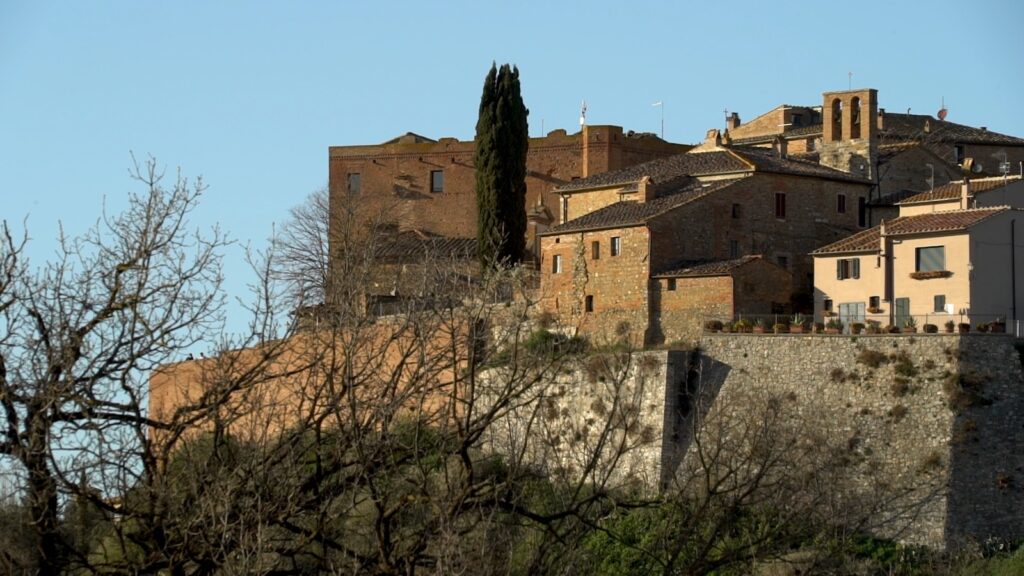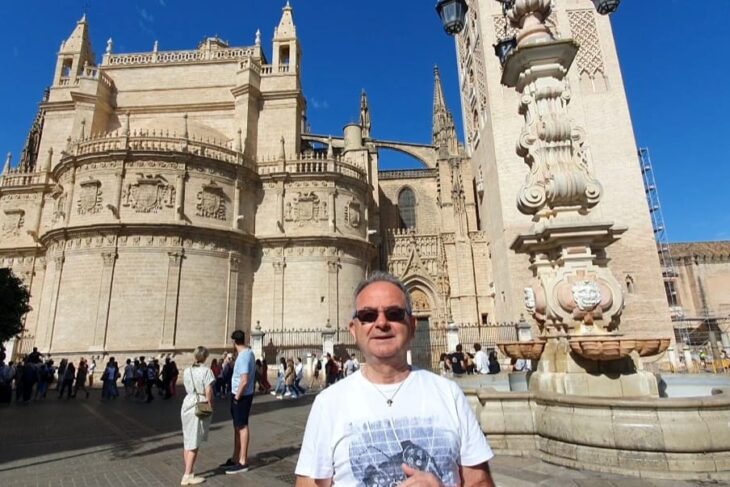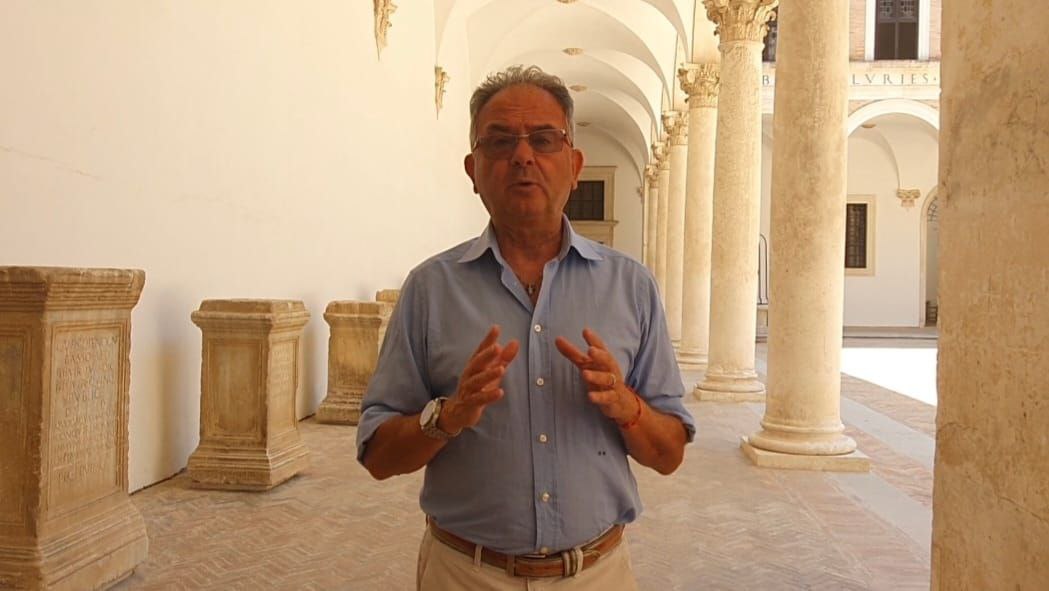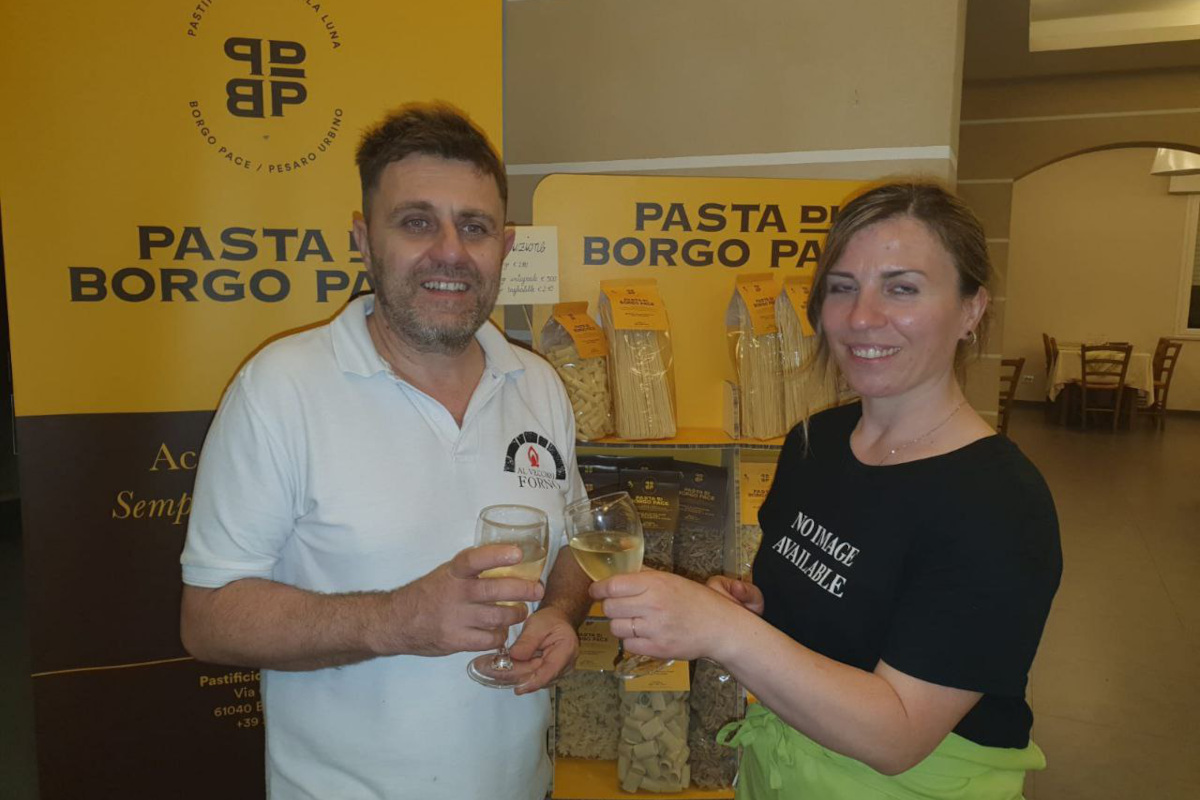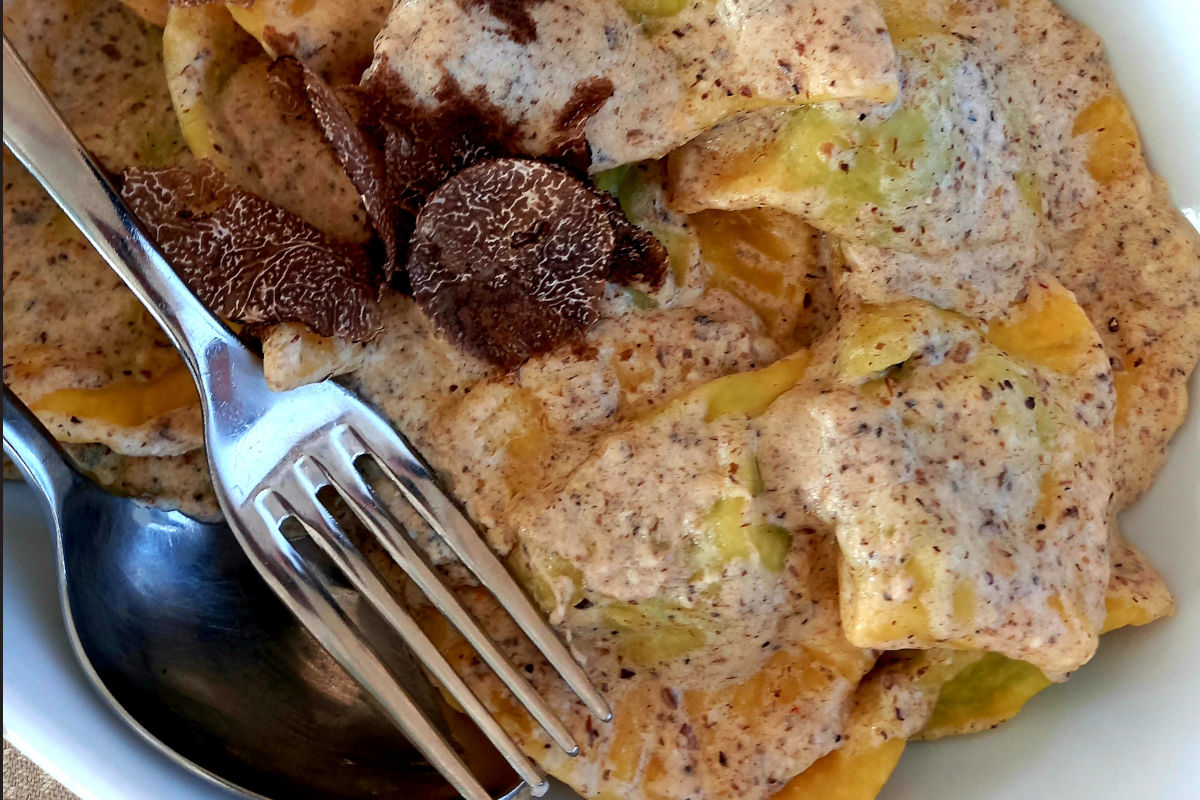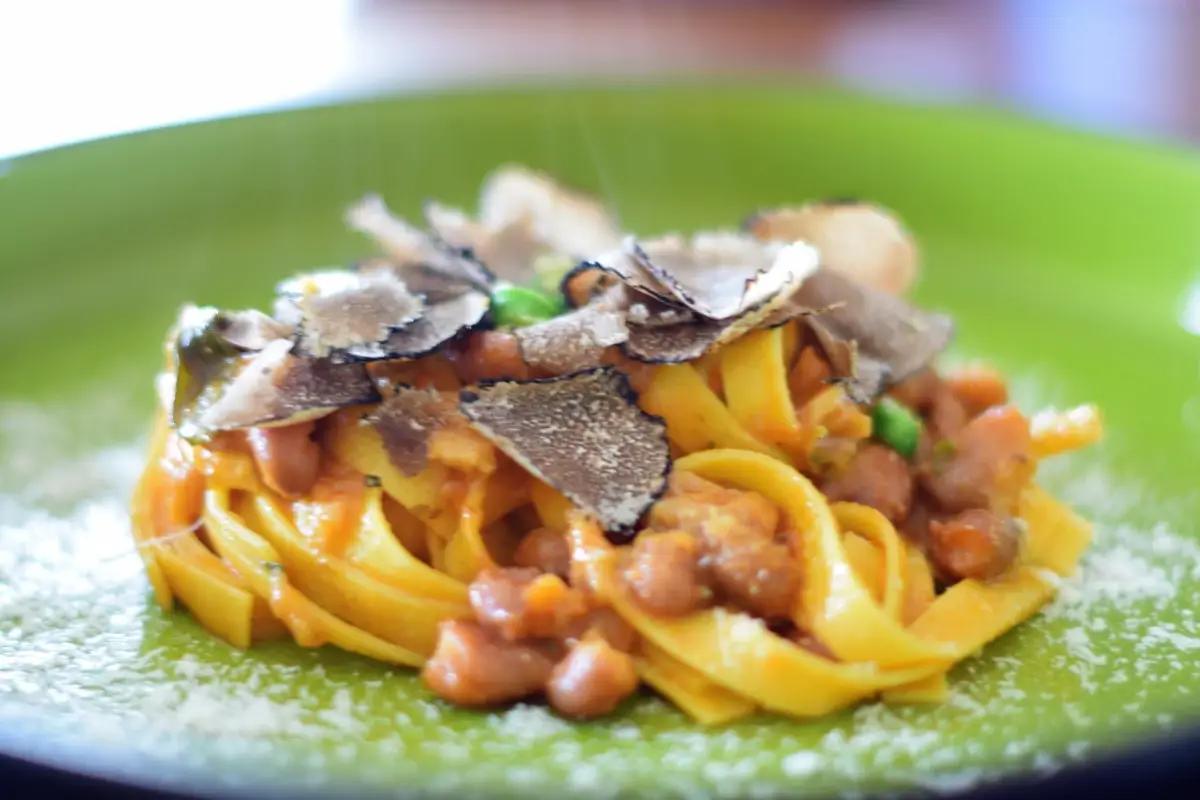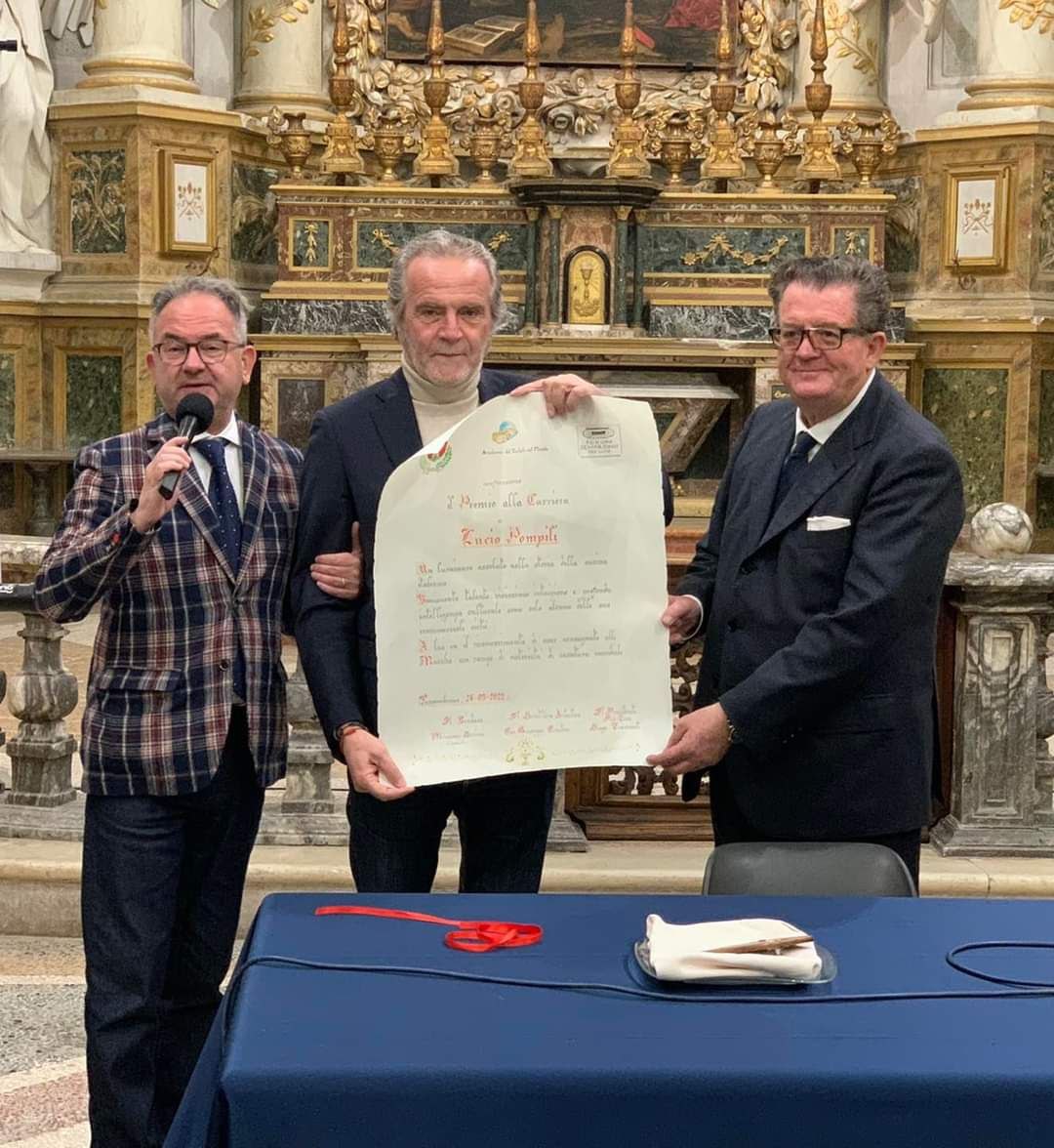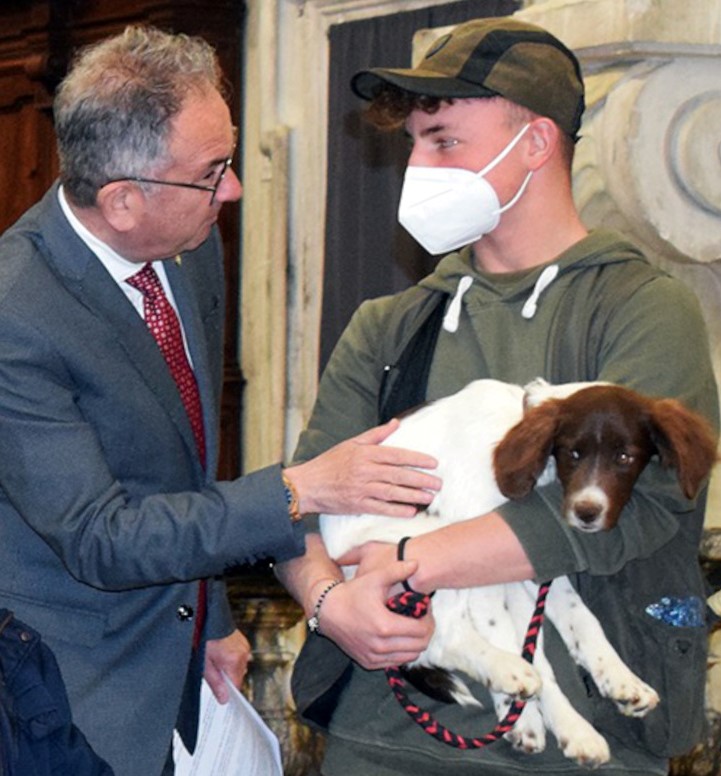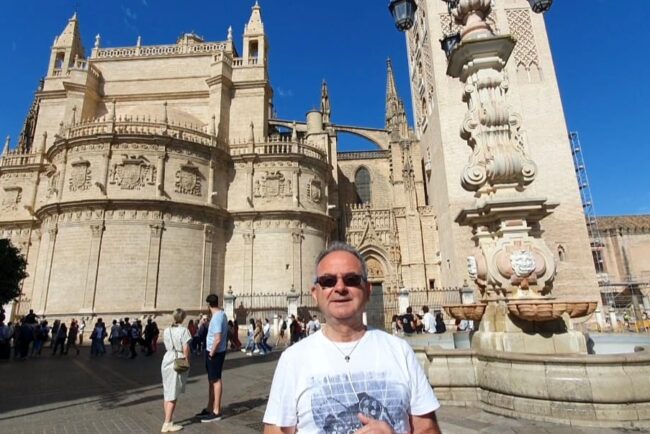Tuscany, a noble land of truffles, where it grows all year round in various types. Today we tell about Montalcino – San Giovanni d’Asso home of the prized white truffle, a great preciousness that we can find from the end of September until December, in all local restaurants. We tell it through the words of Antonella Brancadoro, director of the National Association of the City of the Truffle.
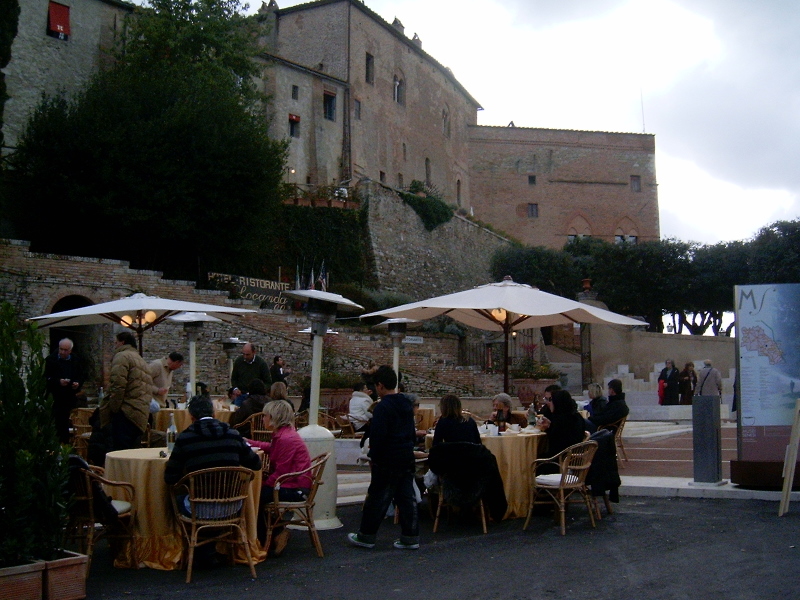
The territory of San Giovanni d’Asso, municipality of Montalcino, covers the central-southern area of the Crete Senesi, reaching the northern border of the Val d’Orcia. The landscape is characterized by various hilly reliefs with vast and arid clayey soils and with thickets near the numerous waterways, mainly streams and small streams; the most relevant of these is the Asso stream. Evidence of Etruscan settlements has been found in the area of Lucignano d’Asso and Monterongriffoli, and in the same area also Roman remains, attributable to the presence of temples.
In the Middle Ages the real village began to be born but it was necessary to arrive at 1 June 1877 when Montisi and Montelifré, hamlets of Trequanda until then, became part of the territory of San Giovanni d’Asso. The Castle of San Giovanni d’Asso is located in the ancient core of the town and houses both the municipal administration offices and the Truffle Museum and Educational Center for wild herbs. The first Italian museum dedicated to the truffle, it consists of an exhibition that is divided into four sections: the first is dedicated to the truffle and the senses with particular attention to taste, smell, touch and hearing; the second, Journey to the center of the truffle, focuses on sight; the exhibition of truffle processing follows; most recently a herbarium, added in 2007.
Of greatest naturalistic interest is the Bosco della Ragnaia, a wood-garden that covers about 9 hectares and is the work of the artist Sheppard Craige who, since 1996, has continued to expand and embellish it. Under its large trees, there are paths, fountains, gongs, wooden and steel columns, ancient and modern references. Among the most important sculptures inside the Bosco della Ragnaia are the Altar of Skepticism, the Oracle of Yourself and the Center of the Universe, which are part of a design that does not want to be based on a precise meaning, but to be open. to all possible interpretations.
The general structural plan of the Municipality contains the particular characteristic of highlighting, for the purposes of protection, all the white truffle deposits of the Crete Senesi.
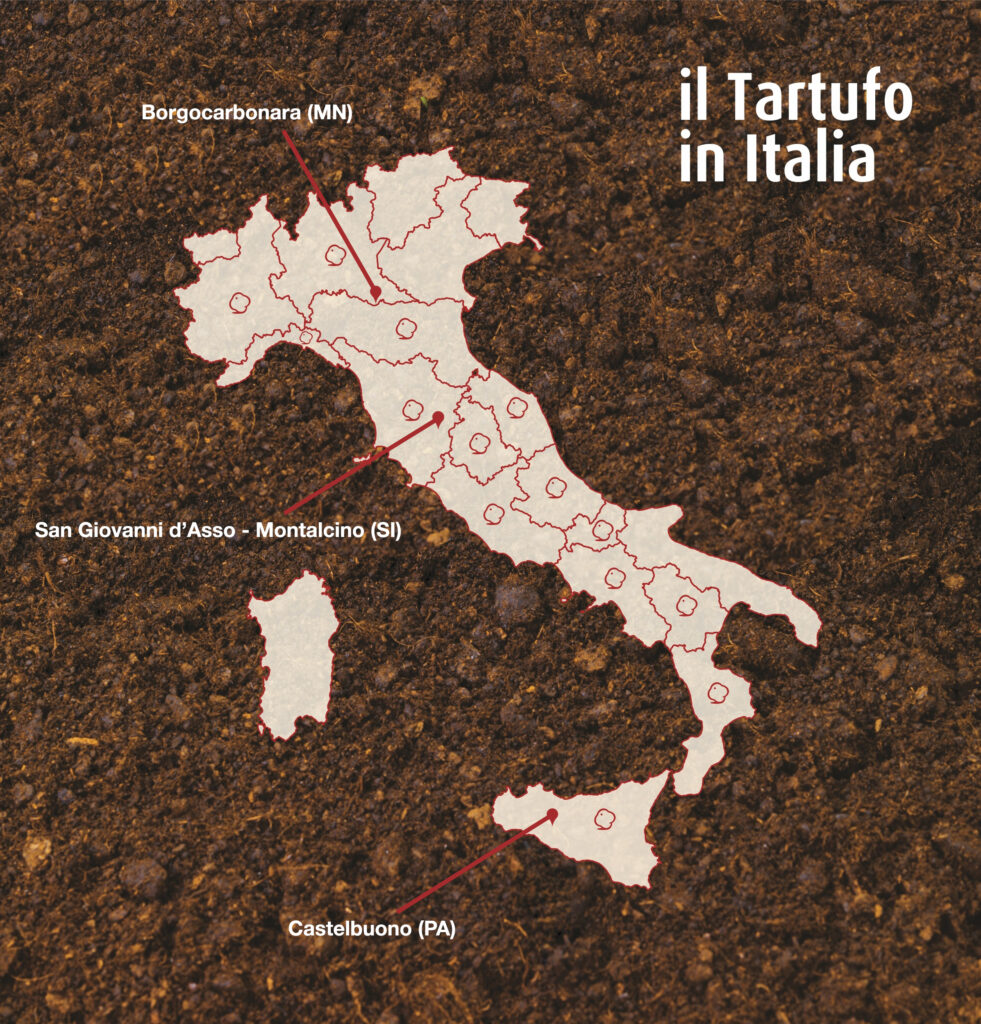
Truffle festivals
Every year they take place:
- the Market Exhibition of the White Truffle of the Crete Senesi (second and third weekend of November). The protagonist is the precious mushroom of the Crete, sold fresh, in addition to guided tastings, artistic and cultural initiatives, the market of quality agri-food and artisan products.
- the Festival of the Marzuolo truffle and typical products of the Crete Senesi
Typical local dishes:
Stracciatella in broth with white truffle from the Crete Senesi
Pappa col pomodoro married
Pici with cheese and pepper
Truffled Cinta Senese loin
Cantucci
To visit:
In addition to the Bosco della Ragnaia
- the Archaeological Park of Pieve a Pava allows you to discover the history of the Asso Valley told both by archeology and by plants. Here archaeologists have discovered an ancient late medieval church and its cemetery; here the botanists have revived the ancient landscape of trees and woods of the valley by planting the essences that once grew there.
- the Parish Church of San Pietro in Villore, an authentic example of Sienese Romanesque style with certainly Lombard and French influences. The layout has a single nave with a semicircular apse and cross vaults, supported by a transverse arch set on semi-pillars. The small crypt below is of considerable value.
- the Castle of San Giovanni d’Asso, located on a hill 310 meters high, dominates the Asso valley and the inhabited center from a crete sloping down on the right side. It is an architectural complex consisting of three buildings originating from the union of other buildings built over the centuries and which enclose a courtyard inside them. The most important room of the building is the Sala del Camino, with access to the courtyard and large mullioned windows along the western side. The basements are currently home to the Truffle Museum and Documentation Center.

